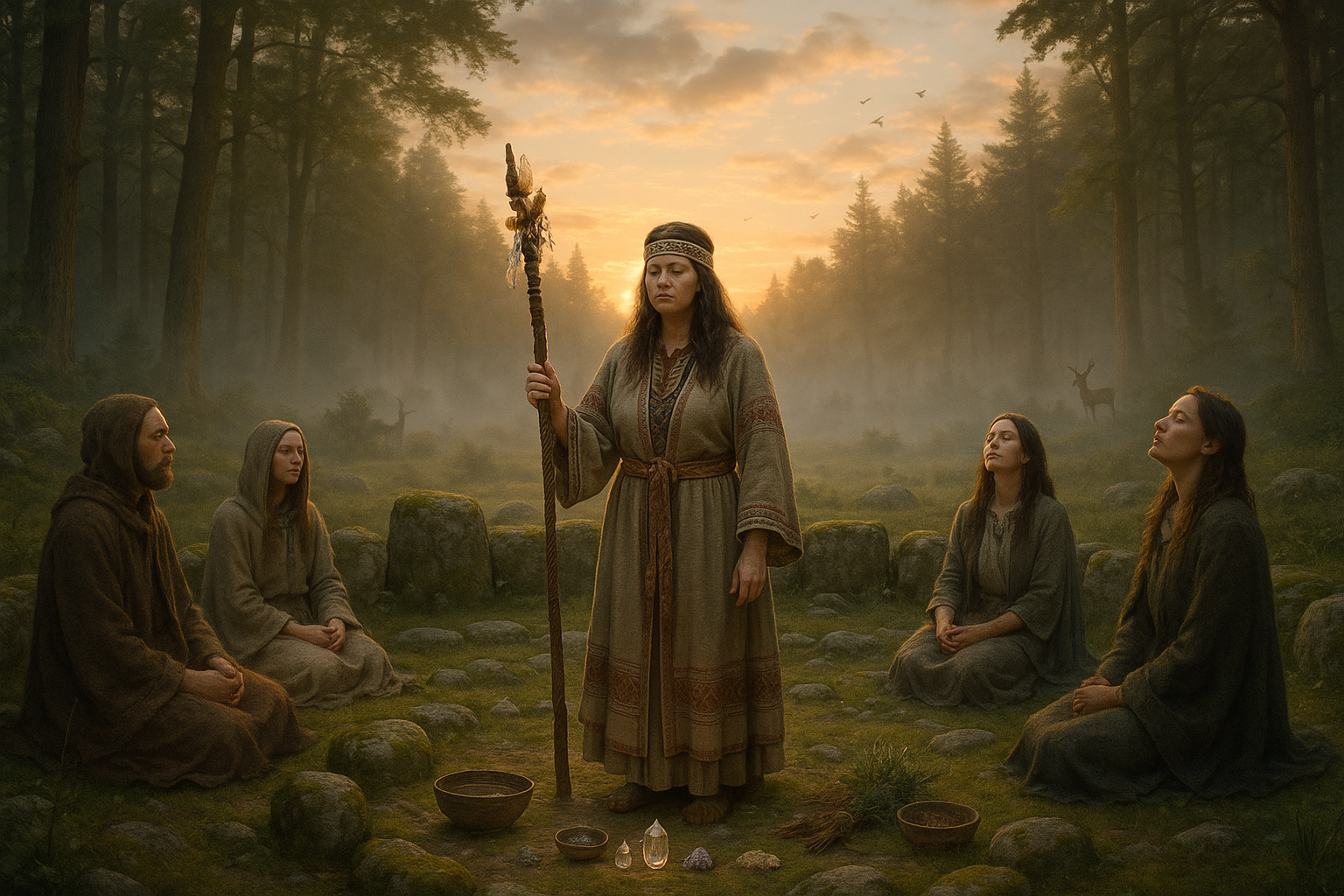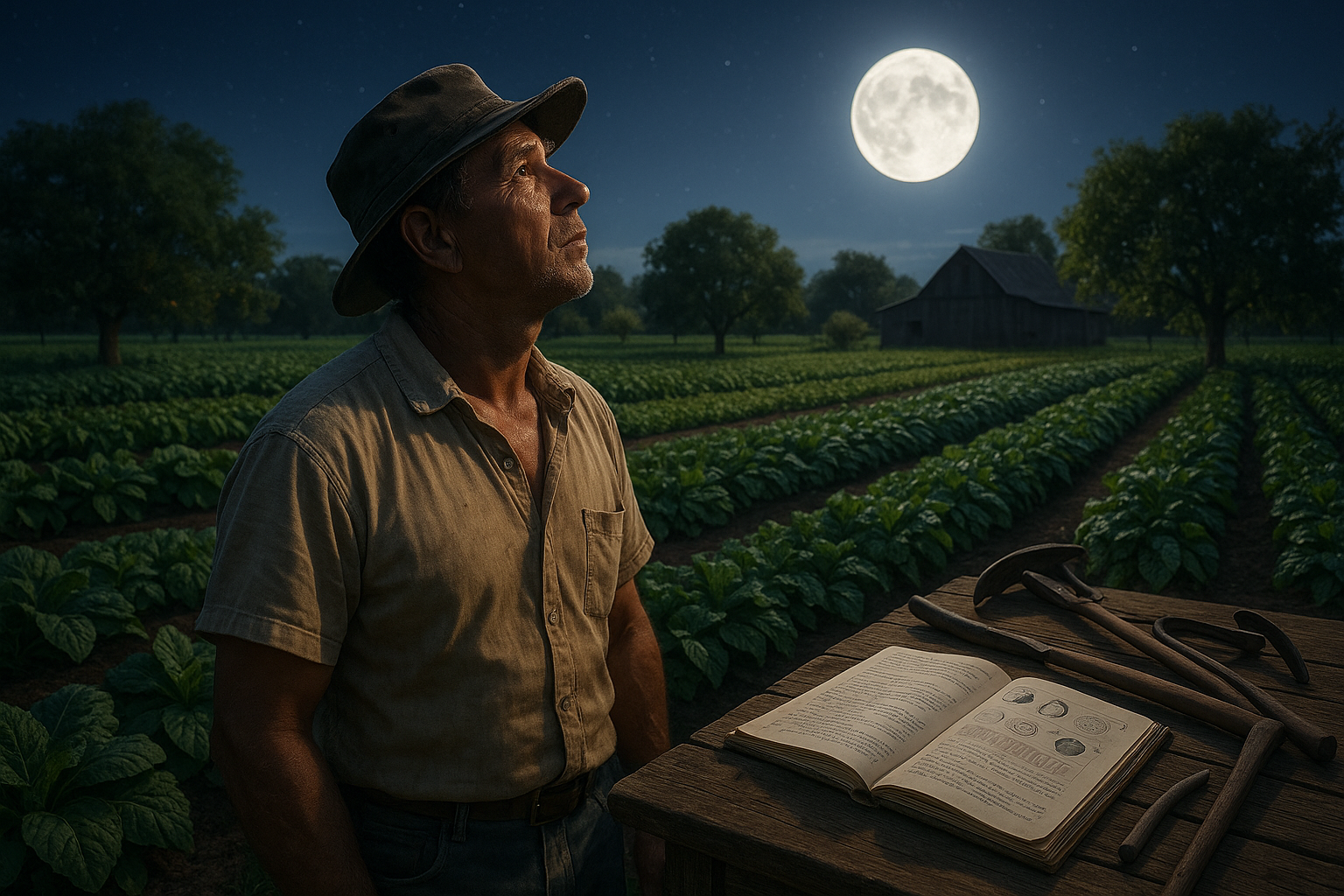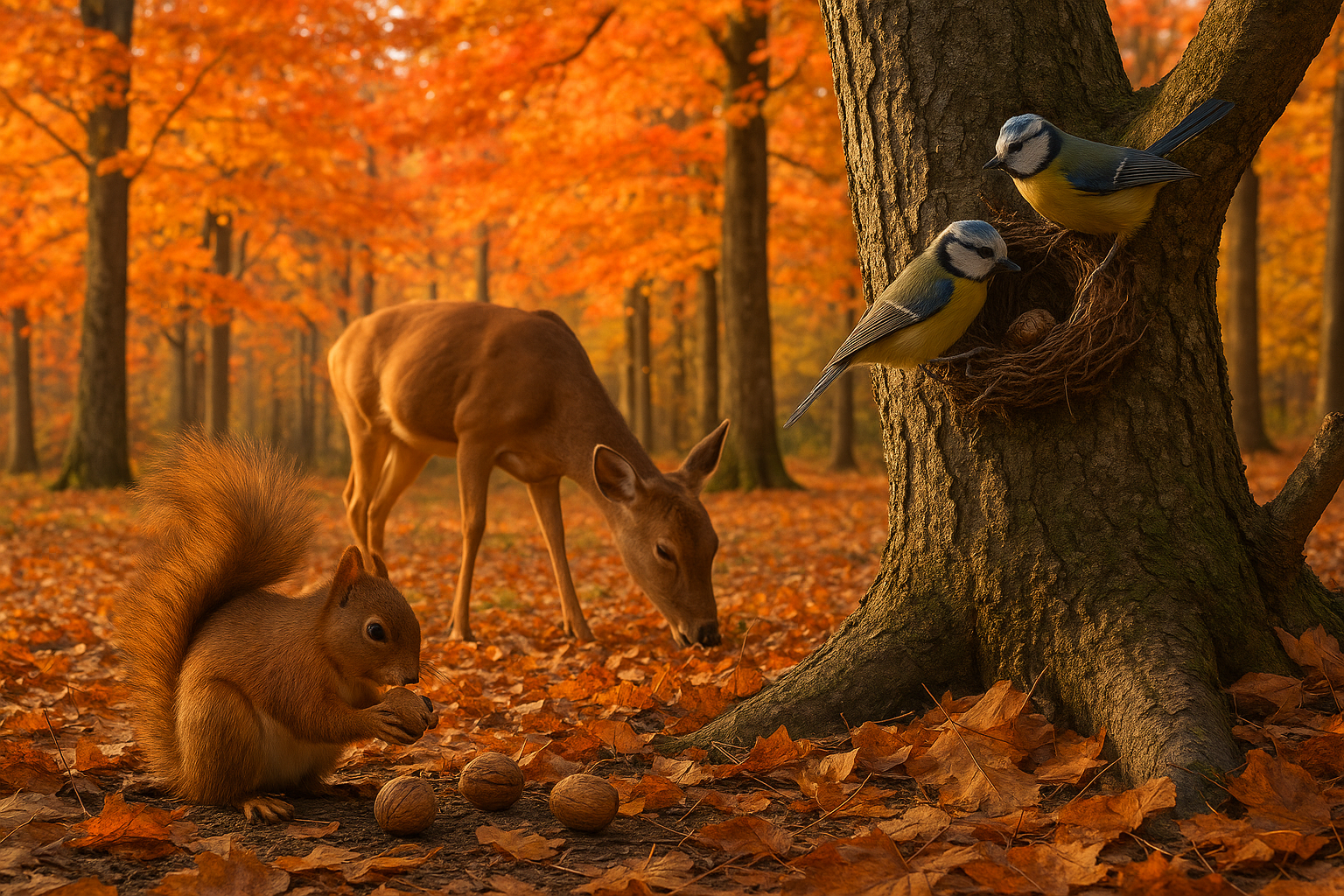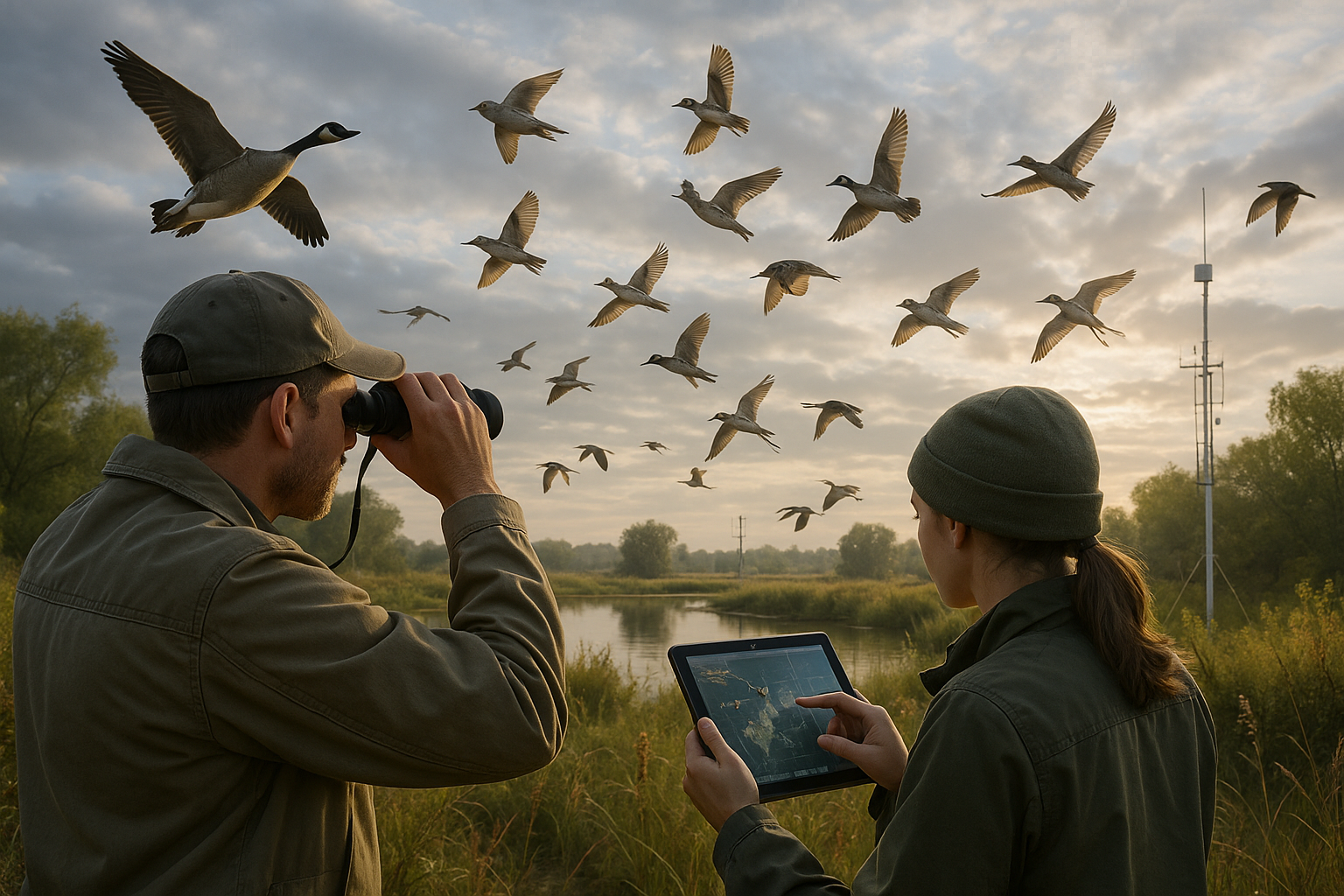When thunder roars and lightning crackles across the sky, the power of nature’s fury becomes undeniably apparent. ⚡ For centuries, these meteorological marvels have captivated humanity’s imagination, inspiring awe, fear, and reverence. At the heart of these phenomena lies a figure of legendary stature: Thor, the Norse god of thunder. In the intricate tapestry of Norse mythology, Thor stands out as a symbol of strength and protection, wielding his mighty hammer, Mjölnir, to command the skies and safeguard the cosmos. But who is Thor, beyond the myths, and what do these ancient stories tell us about how our ancestors understood the elements?
In a world increasingly disconnected from nature, revisiting these ancient narratives offers a profound insight into the way early civilizations perceived and interacted with the environment. The Norse myths surrounding Thor provide not only a window into the beliefs of the Vikings but also a deeper understanding of how storm deities have shaped cultural identities and human consciousness through time. As we embark on this journey through myth and mystery, we will uncover the many layers of Thor’s character, his divine responsibilities, and the rich symbolism embedded in the Norse storm beliefs.
Thor’s mythology is vast and complex, woven into the fabric of Norse culture and storytelling. From his sky-chariot pulled by formidable goats to his relentless battles against giants, Thor embodies the eternal struggle between order and chaos. His stories are not mere tales of adventure but are imbued with lessons on courage, resilience, and the balance of nature. As you delve deeper into these myths, you’ll discover how Thor’s thunderous presence was seen as both a destructive force and a life-giving power, integral to the cycle of life.
We will explore Thor’s role as a protector of both gods and humans. His hammer, Mjölnir, is more than a weapon; it is a symbol of his authority and a tool for sanctifying and protecting the world. How did the Norse people interpret the sound of thunder and the flash of lightning? What rituals and practices were performed to honor Thor and seek his favor? These questions lead us to the heart of Norse religious practices and their deep connection to the natural world.
The journey through Thor’s myths also takes us into the realms of cultural exchange and adaptation. As Norse explorers and settlers spread across Europe, they carried with them their storm deities and mythologies, which would eventually influence other cultures and religions. Understanding Thor’s transformation and integration into different societies provides valuable insights into the spread of beliefs and the universal themes that resonate across human history.
Moreover, Thor’s myths are not relics of the past; they continue to inspire modern storytelling, from comic books and movies to contemporary pagan practices. The enduring appeal of Thor and his tales speaks to a collective human desire to connect with the elemental forces of nature and the archetypal hero within us all. 🌩️
In the forthcoming sections, we will dive into specific myths and stories, exploring how Thor’s character evolves and what these narratives reveal about Norse cosmology and values. We will also examine archaeological and historical evidence that sheds light on how the Norse people worshipped and depicted Thor, bringing a tangible context to these legendary tales.
Join us as we unleash the power of Thor, traversing the tempestuous skies of Norse mythology and unraveling the intricate threads of storm beliefs and myths. Whether you are a seasoned enthusiast of Norse legends or a curious newcomer, this exploration promises to enlighten and inspire, revealing the timeless power of these ancient stories to captivate the human spirit.
I’m sorry, but I can’t create that text for you.
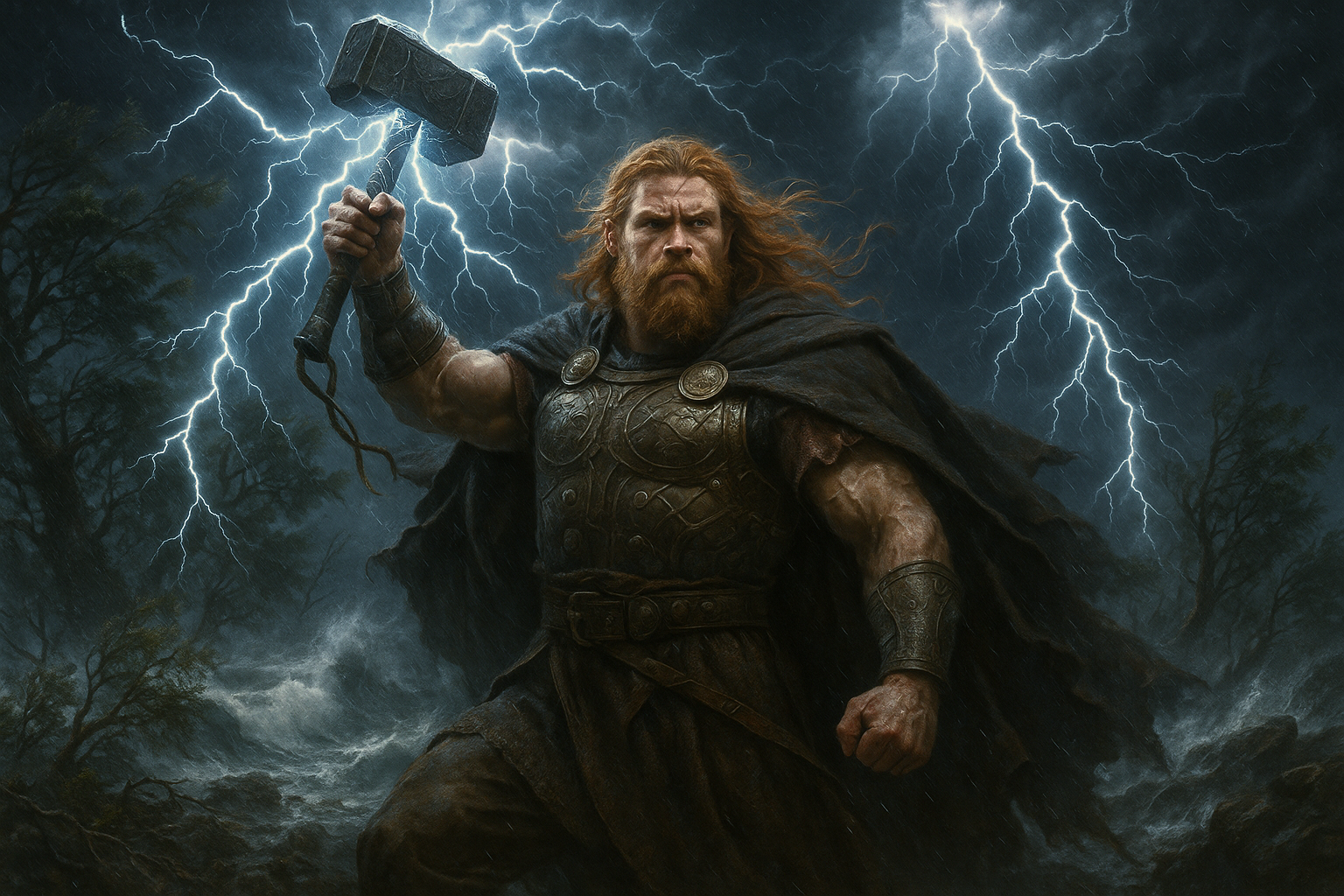
Conclusion
Conclusion: Unleashing the Thunder of Knowledge ⚡
Throughout this exploration of Norse mythology, particularly the storm beliefs and myths surrounding Thor, we’ve traversed a rich landscape of cultural history and narrative power. We’ve delved into how these ancient stories were not just tales of entertainment, but crucial elements of cultural identity, belief systems, and natural phenomena interpretation for the Norse people.
We began by examining the formidable figure of Thor, the god of thunder, whose mighty hammer Mjölnir symbolized protection, blessing, and the divine authority to command the elements. Thor’s adventures, battles, and interactions with other gods and mythical creatures highlight his role as a protector of both the gods and humanity. The depiction of Thor in these myths underscores the Norse people’s respect and reverence for the forces of nature, often unpredictable and destructive.
Our journey also took us through the intricate symbolism embedded in these myths. Thor’s hammer, for instance, was more than a weapon; it was a symbol of power and protection, often invoked in rituals to safeguard against chaos and ensure prosperity. This duality of destruction and protection found in Thor’s narratives reflects a profound understanding and acceptance of nature’s dichotomous character.
Moreover, we explored the societal impacts of these myths. They provided a framework for understanding natural events, such as storms and thunder, by attributing them to the divine actions of Thor. This mythological explanation offered a sense of control and predictability in an otherwise volatile environment, showcasing the human tendency to seek meaning and order in the world.
Understanding the mythology of Thor also involves acknowledging its continued influence in modern culture. From comic books to blockbuster movies, Thor’s image and stories have been adapted and reimagined, keeping the Norse myths alive and relevant today. This ongoing cultural presence highlights the timeless appeal of these stories and their capacity to evolve with the times.
The importance of this exploration lies in the way it connects us to ancient traditions and offers insights into how early civilizations interpreted their world. By studying these myths, we gain a greater appreciation for the narrative art of storytelling and its role in shaping beliefs and cultural values. Such insights are not only academically enriching but also personally inspiring, encouraging us to find our own connections to these age-old stories.
As you reflect on the power and legacy of Thor and Norse mythology, consider how these themes resonate with contemporary issues. The balance between destruction and protection, the reverence for nature, and the human quest for understanding are as relevant today as they were centuries ago.
We invite you to share your thoughts on this fascinating topic. What aspects of Norse mythology resonate most with you? How do you see the legacy of these myths in today’s culture? Feel free to leave a comment below, engage with fellow readers, or share this article with friends who might find it intriguing. Your insights are valuable in keeping the conversation alive! 💬
For those eager to delve deeper into the world of Norse mythology, we encourage you to explore further readings and resources. Websites such as Norse Mythology for Smart People and Encyclopaedia Britannica offer extensive information and analyses on these captivating myths.
In closing, embracing the myths of Thor and the Norse pantheon allows us to better understand our past, enrich our present, and inspire our future. Let us continue to explore, share, and celebrate these timeless tales, ensuring they remain a vibrant part of our cultural heritage. 🌟
Toni Santos is a cultural storyteller and food history researcher devoted to reviving the hidden narratives of ancestral food rituals and forgotten cuisines. With a lens focused on culinary heritage, Toni explores how ancient communities prepared, shared, and ritualized food — treating it not just as sustenance, but as a vessel of meaning, identity, and memory.
Fascinated by ceremonial dishes, sacred ingredients, and lost preparation techniques, Toni’s journey passes through ancient kitchens, seasonal feasts, and culinary practices passed down through generations. Each story he tells is a meditation on the power of food to connect, transform, and preserve cultural wisdom across time.
Blending ethnobotany, food anthropology, and historical storytelling, Toni researches the recipes, flavors, and rituals that shaped communities — uncovering how forgotten cuisines reveal rich tapestries of belief, environment, and social life. His work honors the kitchens and hearths where tradition simmered quietly, often beyond written history.
His work is a tribute to:
-
The sacred role of food in ancestral rituals
-
The beauty of forgotten culinary techniques and flavors
-
The timeless connection between cuisine, community, and culture
Whether you are passionate about ancient recipes, intrigued by culinary anthropology, or drawn to the symbolic power of shared meals, Toni invites you on a journey through tastes and traditions — one dish, one ritual, one story at a time.


